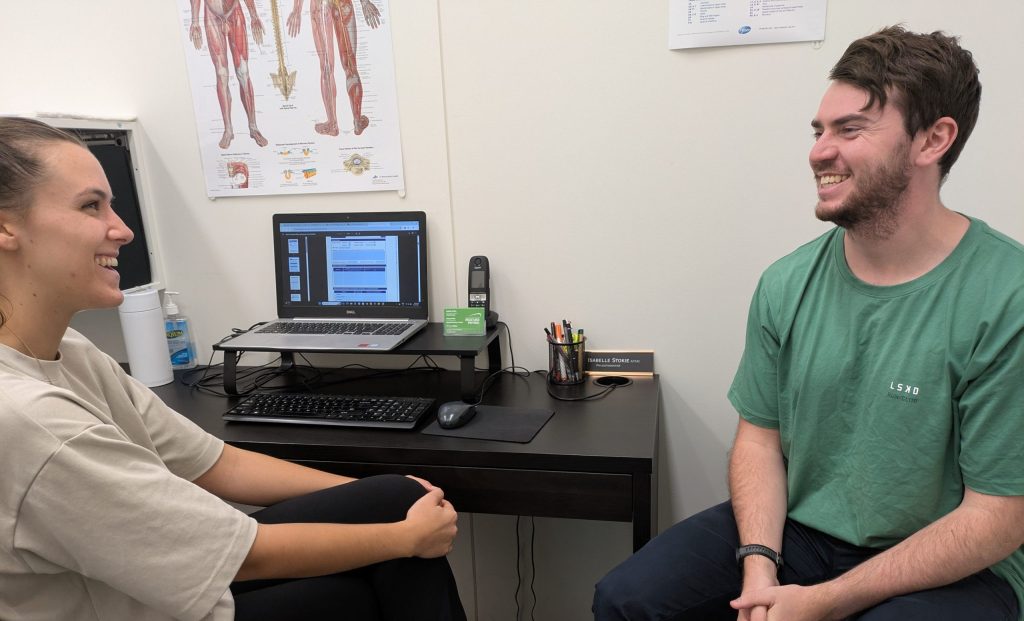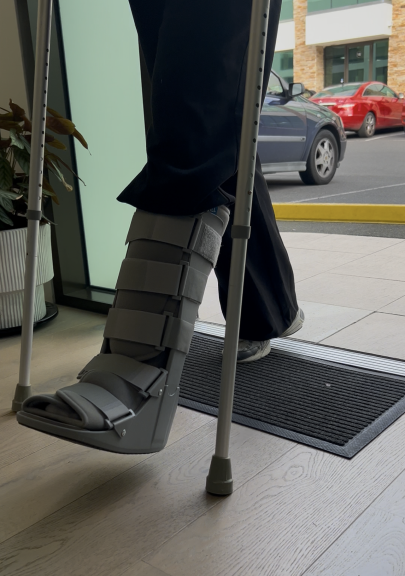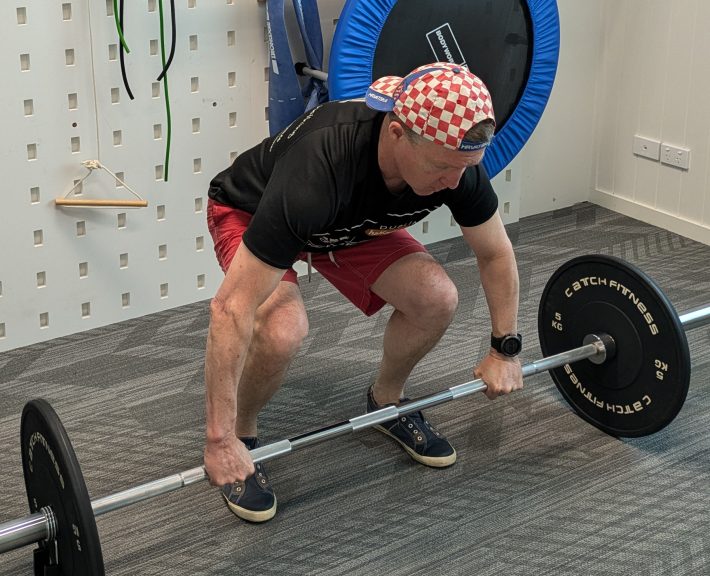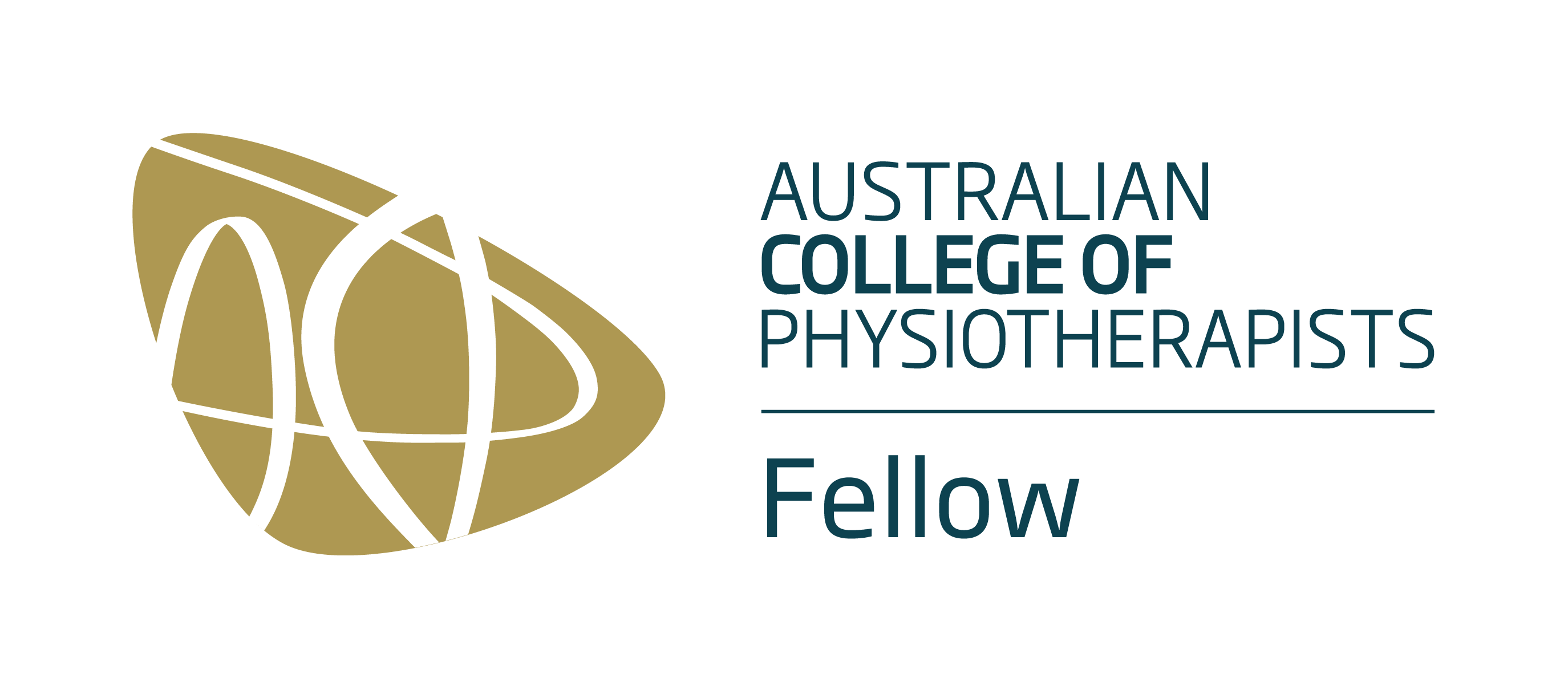In the midst of footy season, here are some useful tips surrounding the diagnosis and management of a sports-related concussion.

What is a Concussion?
A concussion is a mild traumatic brain injury (mTBI) caused by a direct or indirect impact to the head or body, which makes the brain move rapidly inside the skull.1 This movement leads to chemical changes in the brain and temporary dysfunction. According to the Australian Government's Concussion in Sport initiative, a concussion does not always cause loss of consciousness. Also, concussions do not appear on medical scans so recognizing the symptoms is essential.¹
What are the causes of concussion in sport?
Concussions can occur in any sport but are most common in high-impact and contact sports such as 1,2 4,Concussions can occur in any sport but are most common in high-impact, contact sports like football, rugby and ice hockey.1,2,4,6
Common causes can include2:
- Direct blows to the head
- Falls
- Whiplash-type forces
- Impacts from sports equipment
However, research from Sport Integrity Australia emphasizes that concussions are not solely caused by hard hits but can also occur from minor impacts, repetitive sub-concussive blows, and even non-contact incidents.
The signs and symptoms of concussion
Recognizing a concussion early is crucial for effective management. Symptoms can develop immediately The Royal Australian College of General Practitioners (RACGP) highlights that symptoms can vary significantly between individuals. Recognising a concussion early is crucial for effective management. Symptoms can develop immediately or within hours after the injury and may include 4:
- Mood changes, irritability, or sleep disturbances
- Headache or pressure in the head
- Dizziness or balance issues
- Confusion or difficulty concentrating
- Nausea or vomiting
- Blurred or double vision
- Sensitivity to light and noise
- Memory problems or feeling sluggish
Concussion Diagnosis
On-Field (Sideline) Diagnosis
Immediate assessment involves:2
- Recognition of Symptoms: Athletes showing signs such as confusion, headache, dizziness, or balance issues should be evaluated immediately.
- Use of Standardised Tools2:
- Pocket Concussion Recognition Tool
- SCAT 6 – Sports Concussion Assessment Tool
- SCAT 6 – For Children
- Concussion Recognition Tool 6
- Headcheck App (for digital assessment and tracking)
Additional assessment in clinic: Balance Error Scoring System (BESS)
The BESS test measures balance using six stances and can be done on the field or in-clinic:
- Three ways to stand on a firm surface
- Three ways to stand on an unstable surface (e.g., medium-density foam)
- Eyes closed, hands on hips
- Stance include feet shoulder-width apart, one foot in front of the other, and single-leg stand on the non-dominant leg
- Each stance is held for 20 seconds
How long does recovery take?
The time it takes to recover from a concussion can be different for each person. While most people will resume normal activities within two weeks, others may experience symptoms of a concussion for an extended period of time.
What does recovering from a concussion look like?
- Physical and cognitive rest – Limiting physical exertion, avoiding screen time, and reducing mental strain in the first 24–48 hours can help prevent symptoms from worsening.
- Gradual return to cognitive activities – Begin with light tasks such as reading, short computer use, or small academic activities before resuming a full workload.
- Gradual return to physical activity – Start with light exercises like walking and gradually increase intensity under professional supervision.
- Modified work/school plans – Employers and educators should support recovery by adjusting hours or workload to accommodate cognitive impairments.
- Multidisciplinary care – If symptoms persist, specialists such as physiotherapists, neurologists, sports physicians, and psychologists may be needed.
- Strict medical clearance required – Athletes should only return to full-contact training and competition after receiving medical clearance.
- Ongoing symptom monitoring – If symptoms return, further assessment is necessary, and recovery may need to be adjusted.
Physiotherapist guided rehabilitation for returning to sport post-concussion:
Concussion rehabilitation follows a graded return-to-sport framework (GRTSF), focusing on the rehabilitation of five key systems: autonomic (nerve system), cervical (neck), vestibular (balance), visual, and cognitive. The process is structured but individualized to ensure gradual progression while avoiding overstimulation.
Rehabilitation is typically divided into five stages.7 Progression through each stage should be guided by a physiotherapist, ensuring the athlete or affected individual remains symptom-free for at least 24 hours before advancing to the next stage.
- Phase 1: Focuses on mental and physical rest, symptom management and resuming day-day activities without further aggravation of symptoms.
- Phase 2: Introduces 15 minutes of light intensity exercise (less than 70% of your maximum heart rate (HR)
- Phase 3: Increases physical intensity (up to 80% HRmax), incorporates sport-specific movements, dual-task drills, and resistance training without contact.
- Phase 4: Progresses to high-intensity interval training, complex coordination drills, and simulated game scenarios.
- Phase 5: Involves full training integration with contact, reactive drills, and final medical clearance before returning to competition.
Key recommendations:
- Remove the athlete from play immediately if a concussion is suspected – "If in doubt, sit them out."
- Monitor symptoms closely and seek medical attention if symptoms worsen.
- Allow enough recovery time as returning to play too soon increases the risk of further injury.
- Follow a structured return-to-play plan. Athletes should only resume activity under medical supervision.
- Review medications – Avoid aspirin, anti-inflammatories (ibuprofen, diclofenac, naproxen), sleeping tablets, and sedating pain medications.
- A responsible adult should be available to monitor for worsening symptoms.
- Avoid driving and alcohol as they can slow recovery and increase the risk of further injury.
- For your team or club, download a copy of the Concussion Recognition Tool here.
What to do if you have ongoing concussion symptoms:
While most people generally recover from a concussion within a few weeks of rehabilitation, more severe or subsequent concussions may result in prolonged or potentially worsening symptoms which persist past 4 weeks following the initial injury. The risks for developing post-concussion syndrome are2,8:
- Memory loss at the time of injury or a loss of consciousness (>1 minute).
- High severity of concussion symptoms.
- Previous concussion, migraines, or mental health conditions.
- A history of vestibulo-ocular (eye and inner ear) dysfunction.
- Use of psychoactive or anticoagulant drugs.
- Inadequate rest and premature return to mental and/or physical activity.
It is very important to seek advice from a medical professional if you are experiencing persistent symptoms; it is likely that your physiotherapist will refer you to a sports doctor for further management at this stage of your injury. Due to the nature and significant impact of post- concussion syndrome on day-day function and wellbeing, it is important to consider your long-term health and safety when deciding to continue with contact sports.
What is the risk of untreated concussions?
Ignoring or mismanaging concussions can lead to severe consequences, including:
- Prolonged symptoms or the development of Post-Concussion Syndrome
- Increased vulnerability to future concussions.
- Second impact syndrome (a rare but fatal brain swelling condition)
- Long-term cognitive and neurological impairments.
Research from Sport Integrity Australia suggests repeated concussions may also increase the risk of chronic traumatic encephalopathy (CTE), a degenerative brain disease linked to long-term neurological issues.1,2,4,5
Sex-based differences in concussion:
Female athletes are at a higher risk of sustaining a concussion compared to males. According to the concussion and brain health position statement 2024, this could be due to differences in neck strength, skill acquisition, symptom recognition or hormonal differences. Recognising these differences and reinforcing prevention strategies in women's sport is important to ensure the safety and wellbeing of female athletes.
In order to ensure player safety, it is important for all those involved in sport, whether that be the coaches, trainers, or the players themselves, to be able to recognise symptoms of a concussion and follow the advice and guidance of qualified health professionals in their return to sport.
Conclusion
Concussions in sports need to be taken seriously and managed carefully with a structured recovery plan. Proper education, following safety guidelines, and medical supervision are essential to protect athletes' health both now and in the future. The Concussion in Sport Australia framework continues to develop, focusing on balancing return-to-play with cognitive recovery, especially for young athletes.













